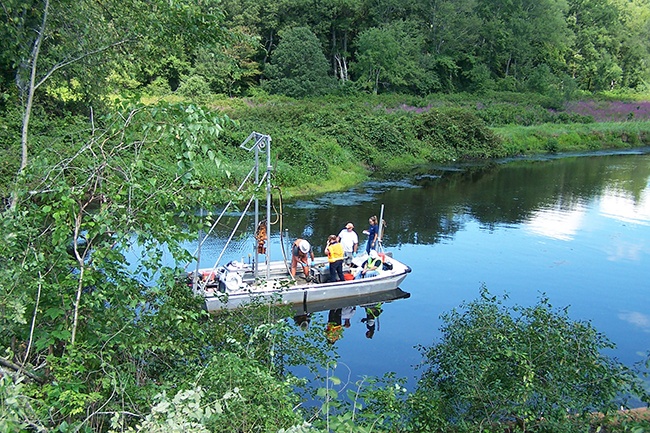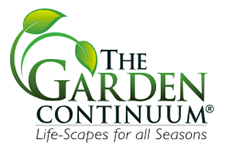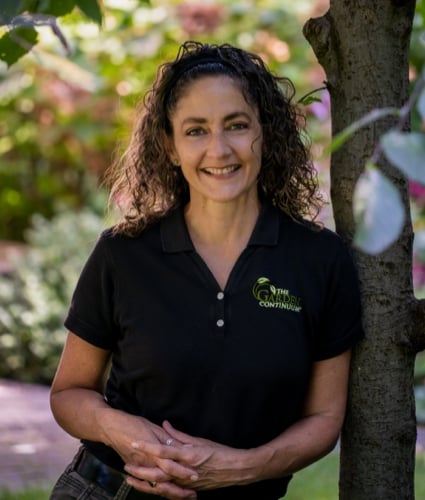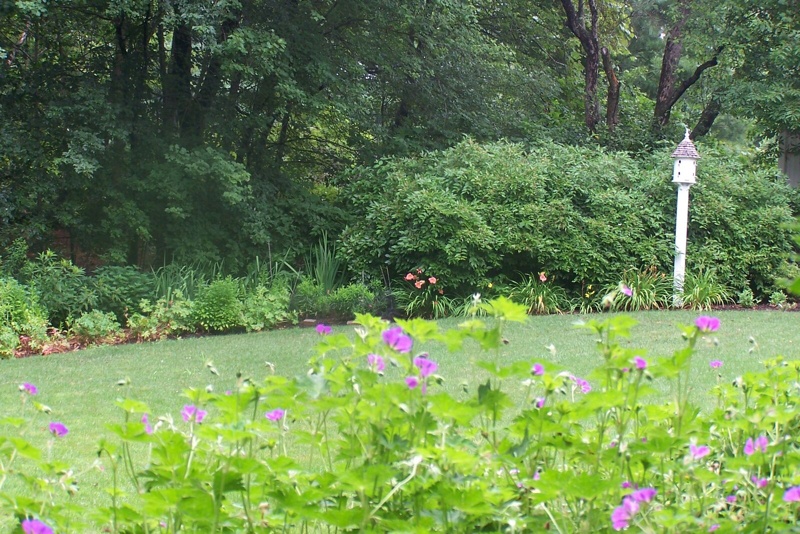If your property is in an environmentally-sensitive area, especially one that abuts a watershed resource, getting a landscaping project approved can be tricky. As we discussed in our previous blog posts about Mass DEP and local conservation commissions, there are a number of rules and regulations in place to protect the environment and community natural resources. In fact, local conservation commission by-laws can be stricter than state conservation guidelines. So what can you do to get your landscape project designed and approved with minimal hassle?
Start by losing any attitude you might have that “this is my property and I can do what I want.” The reality of the matter is that you cannot. Laws are laws and if you break them, there are penalties to be paid. State DEP and local conservation commission regulations are in place to protect our natural resources and ensure that all state and local residents can enjoy their benefits. Everything in nature is connected, and what you do on your property affects everyone else, not just you and your family. Your relationship with your town’s conservation commission and conservation agent, if you have one, should be a partnership, not an “us vs. them” conflict.

Weston & Sampson water quality testing the Charles River in Medfield for the Charles River Gateway Project
Still, there may be some sticking points to your landscaping plans that can make it difficult to get conservation commission approval. So what can you do to optimize your landscape design and get the outdoor space you want while conforming to environmental requirements?
The trick is to figure out “what can I give to get what I want?” To that end, here are 3 tips to designing your dream landscape while complying with environmental by-laws:
- Be clear on your goals: maximize the positive, and minimize the negative
Do you want more recreational space? More level space? More sunlight? Landscape projects often involve leveling high spots, filling in low spots, and taking down some trees. These are three of the biggest things that can get you into hot water with your local conservation commission. If your project involves any of these, you’ll need to be prepared to address them positively in your application.
- If you want more lawn, offer to change what goes in it
Conservation commissions often see more lawn as a negative. A typical residential lawn consumes an inordinate amount of water and fertilizer, which, in turn, runs off and pollutes nearby water sources. To counter these negative aspects, consider a more ecologically-friendly lawn utilizing a fescue grass blend which uses less water and fertilizer than an average Kentucky bluegrass lawn. Fescue also grows slower and needs less mowing, which means you run your lawnmower less, which cuts gasoline consumption and air pollution. You might even mix in a little Dutch white clover with your fescue, which fixes nitrogen into the soil, further reducing your need for fertilizer.
- Create a buffer between your landscape project and the water resource
Set aside a swath of land to separate your landscape from the water resource and act as a buffer between your property and the watershed, filtering any run-off. If you’re removing trees for your developed space, add trees to the buffer zone. Perhaps clean out invasive plants and replace with pollinating plants to support our beleaguered honeybees and other important pollinators that enable crucial agricultural plants such as fruit trees to survive and thrive.
Tweetable Tip:Everything in nature is connected, be kind to the environment when designing a new landscape http://ctt.ec/budW6+
Remember, “give so you can get.” Think of your relationship with the conservation authorities as mutually beneficial and not adversarial. When you do, everybody wins in the end – you get the landscaped space of your dreams and your neighbors and fellow citizens get the healthy environment they deserve.






Leave a comment